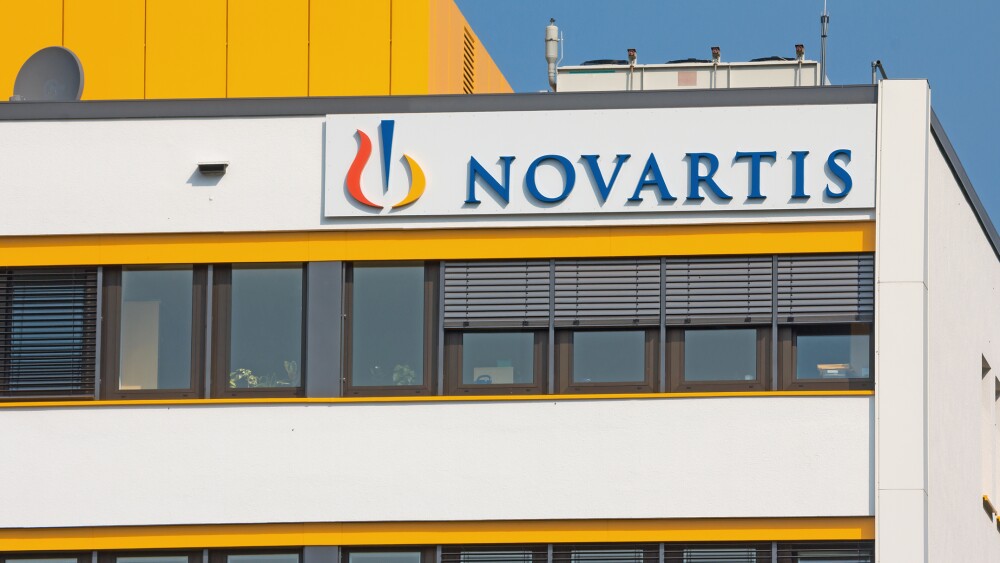Biosimulation is integral to drug development today, with fierce competition for expert scientists to run the simulations and interpret the results. Craig Rayner, president of Certara, a biosimulation company, is turning to Africa to unlock an untapped reservoir of talent.
Craig Rayner / Certara President, Integrated Drug Development
Biosimulation is integral to drug development today, with fierce competition for expert scientists to run the simulations and interpret the results. Craig Rayner, president of Certara, a biosimulation company, is turning to Africa to unlock an untapped reservoir of talent.
“We see Africa as a sandbox of innovation, which is very different from the way many perceive the continent,” Rayner told BioSpace. “Where many see challenges and market failures, we see opportunities. Those challenges force us to be innovative in the way medicine is developed. Our view is that it’s very much a glass half full perspective.”
He isn’t naïve. Certara supports several projects in Africa and knows first-hand the criticality of getting the clinical trial design right, so trials can be successfully executed.. “It’s often difficult to get trials to patients in Africa, and the diseases there often are very serious and very different from those in the U.S. and Europe,” Rayner acknowledged.
The situation on the ground makes it extremely difficult for companies to conduct clinical trials there but makes it an ideal environment for biosimulation. “This approach to trials offers a great example of ways in which Africa can lead in developing therapies for diseases of particular interest on that continent, and thus can also inform research in mainstream diseases.”
As an example of North/South collaboration, Rayner cites the development of moxidectin, an antiparasitic used to treat river blindness. Thanks to a network of global collaborations that stretched from Uganda to Australia, Switzerland, the U.K., and the U.S., Medicines Development for Global Health (MDGH) obtained FDA approval in 2018. It was the first new treatment for river blindness in 20 years. Now it is being developed for a range of other conditions.
Building a global network of trained pharmacologists is a way to make future collaborations easier and more frequent. That effort actually benefited, secondarily, from the COVID-19 pandemic. “We all learned we can work from home, collaborating virtually, across the board,” Rayner pointed out. All that’s required, he said, is high-speed computing power, Zoom (or similar meeting software), and bright people. “We can be agnostic to geography.”
To that end, organizations are working to build the skills to design and apply mathematical models to simulate clinical trials and to use statistical tools to quantify and extract insights from drug, disease and trial data.
“There’s a convergence of scientists trying to upskill the community,” Rayner said. Pharmacometrics Africa, for example, works with multiple organizations to operate quantitative clinical pharmacology educational programs in concert with local research organizations and academic institutions. Partners include the Bill & Melinda Gates Foundation and the African Academy of Sciences.
Although some universities have fellowship programs in the space, much of the skills are acquired post-doctorally. “There’s a significant need for talent in this area,” he reiterated. “That’s why the company is looking further afield, to other geographies for talent.”
Certara is “investing a lot in training to create and to further develop pharmacometric competencies. We will be announcing further commitments in this area later this summer,” Rayner said
In developing that training program, Certara is taking lessons from microfinance. “There needs to be a business case for stakeholders,” he stressed. The company is developing that prior to this summer’s rollout and is continuing to onboard new talent in that area.
Participants in the soon-to-be-operational pharmacology training program need “sound grounding in biology or engineering,” Rayner stressed. “Physicians and Ph.D.s are good candidates.” They also need the willingness and ability to invest their time and efforts into a structured, virtual curriculum, and some industry engagement.
By “industry engagement” Rayner means “working closely on drug development project teams so participants can see how the competencies honed in the program contribute to drug development in real life. The key is to make the training durable,” and to give participants a reason to remain in-country and help build up their regions rather than emigrate to other nations. For that to occur, you need critical mass and enough soft infrastructure so they can work on global projects and continually growing and learning, mastering their skills.”
Transitioning to in silico trials goes hand-in-hand with developing clinical pharmacology talent globally. But, beyond that, biosimulation can make a huge difference in drug development, he said. “Just think back to the height of the COVID-19 pandemic. The entire clinical trial ecosystem was put on hold. So many early Phase I trials couldn’t be conducted then.” One of the difficulties, he said, was finding patients.
“That situation heightened the importance of making the best use possible of available data,” Rayner continued. Oftentimes, that means extracting more information from existing data and using simulations to obtain insights before conducting in vivo studies.
That’s where computer-based trials can be beneficial. “Models for pharmacology, pharmacokinetics, pharmacodynamics, and toxicology, for example, can simulate what happens in clinical trials and make them more efficient,” he said. Sometimes, they even can replace the need for clinical trials. Examples include dosage confirmation, combinations of COVID-19 vaccines, or altering inoculation time frames. “Clinical trials in those instances could take a very long time.”
Since society may not have time to wait, mathematical models – and the people to build them and interpret their results – can help.






